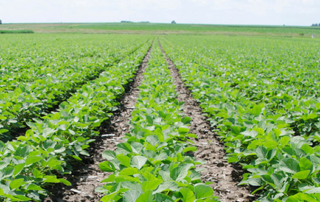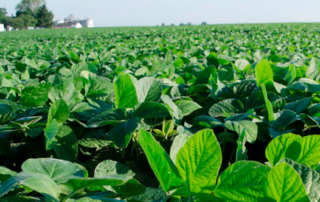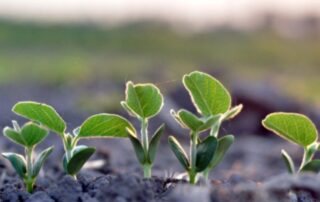Soil Testing: Value of Base Saturation
When you or your agronomist sends soil samples to a laboratory, they measure all the bases—include K, Ca, Mg and Na. And not only do they report the extractable levels they also calculate the base saturation (B.S.,) which compares the amounts of each to the others as a percent. The only base missing is hydrogen (H), which if included would total near 100 percent. There are a few competing philosophies concerning soil chemistry and interpreting soil test values. These include the buildup and maintenance philosophy, the sufficiency philosophy and the base saturation philosophy. Over the years, an almost fanatical [...]
Soil Testing Frequency
The first article in my soil testing series, “How often should I test my soil?”, gave a brief history of soil testing and how it has been adapted over time. At the end of that article, I suggested that appropriate soil testing frequency depends on how precisely you wish to manage fertility inputs and eliminate guessing. When deciding how tightly to manage your soil, consider the following. How much are you guessing? A farmer who begins a career in their early 20s could be farming for 40 years. Adhering to the minimum standard of testing soil once every four [...]
How Often Should I Test My Soil?
What is your approach to soil sampling? How often you should sample? Many times, through the years, I have explained the history of soil testing in agriculture and its evolution as an approved farming practice. I usually begin by asking the question, “When did soil testing as we know it today, first begin?” Followed by, “In the beginning, what did farmers generally test for?” And finally, “What do we typically test for today?” History of Soil Testing Well, let’s start out with a bit of a history lesson. Soil testing can be traced back to early 1920s and, to [...]





 and then
and then